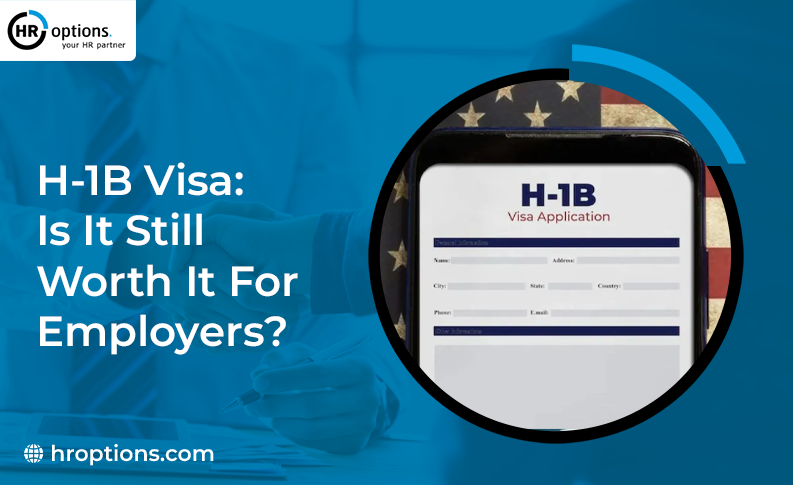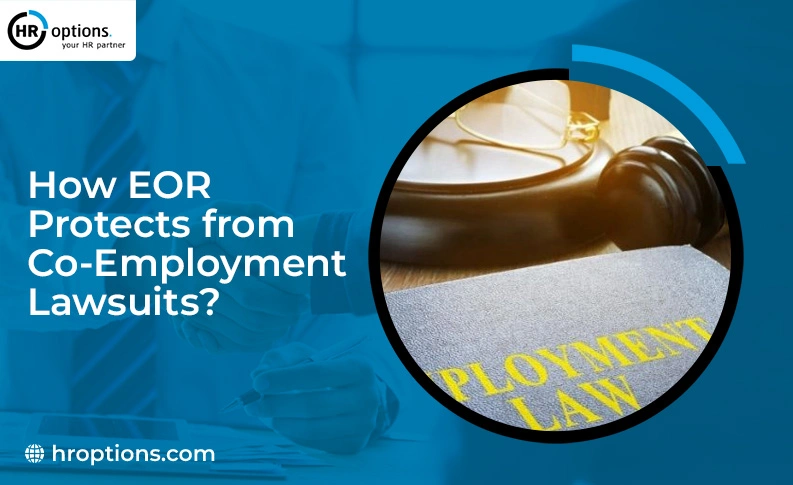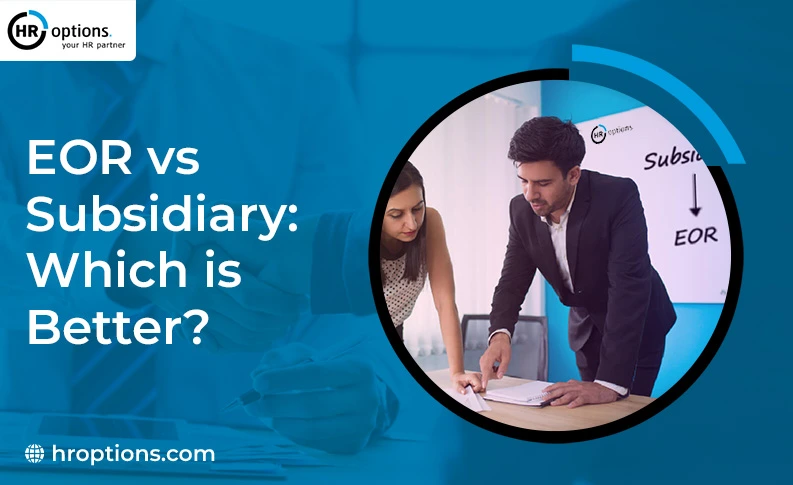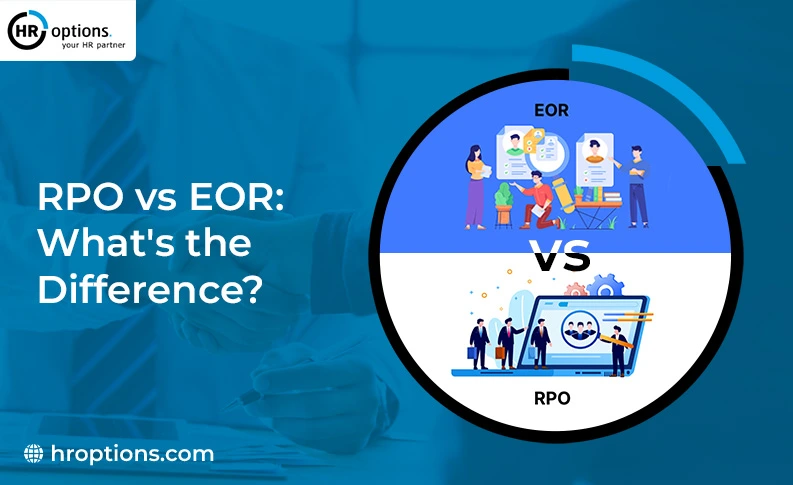Payroll and Taxes
Here are some of the deductions you should have on your payroll and regularly remit to the CRA to avoid complications that could affect your business operations.
CANADA’S EMPLOYMENT LANDSCAPE: PAYROLL AND TAXES
 Nunzio Presta
Nunzio Presta
Senior Sales and Marketing Executive
As in other countries, paying taxes to the government is one of the most critical and complex matters for a business owner to address. Not paying the necessary amounts or not paying it on time could lead to complications that could affect your business operations.
Here are some of the deductions you should have on your payroll and regularly remit to the CRA.
PAYROLL TAXES AND INSURANCE TO REMIT IN CANADA
In Canada, payroll taxes and contributions are handled by employers unless the person is self-employed or contractual. These deductions are automatically subtracted from the payroll and remitted to the Canada Revenue Agency or CRA. It’s also good to know that you have to remit an employee portion and an employer portion.
You’re also going to pay workers’ compensation premiums to the provincial workers’ compensation board. Some provinces have an additional health tax, including Ontario. Finally, while not a tax, you should have some kind of general liability insurance that covers employers and employees in Canada.
Here are some other deductions on a worker’s payroll remitted by the employer to the CRA (for both the employee and employer portion).

CPP
Canadian Pension Plan or CPP is a monthly, taxable benefit that replaces part of your income when you retire. Once you hit 60 years of age and have made at least one valid contribution to the CPP, then you are already qualified to receive the CPP retirement pension for the rest of your life.
Your contributions could either be from your own employment in Canada or through credits received from a former spouse or former common-law partner at the end of the relationship.
EI
Employment Insurance or EI is a benefit in Canada where unemployed individuals are given regular pay for 14 to 45 weeks, as long as the reason for losing the job is no fault of their own and given that they are available for and able to work, but can’t find a job.
The amount a person receives depends on their situation, but they should make sure to apply for the benefit as soon as they stop working, or they might lose the benefit if it is delayed for more than four weeks after their last day of work.

REGISTERED RETIREMENT SAVINGS PLAN
There’s no mandatory retirement savings program in Canada. However, in Canada, it is a best practice to set up a group retirement savings plan, or RRSP, and offer the employee a match to their contribution, as many US employers do with a 401k plan.
A Registered Retirement Savings Plan or RRSP is a retirement savings plan where an employed individual can register for and invest in for future use, whether they work for a company or are self-employed. One’s contribution grows tax-free, but taxes are deducted once one begins receiving payments.
There are four types of RRSP, which vary based on use:
- There’s the Individual RRSP, where a single person sets up the plan as the account holder and contributor.
- A Spousal RRSP is when a worker contributes to their spouse’s account, which both parties benefit from.
- On the other hand, an employer can set up an RRSP for the employees, and it can be funded through the payroll deductions— this is called Group RRSP.
- The last type is the Pooled RRSP, an option for small business employees or self-employed individuals.
CONCLUSION
Understanding the remittances you make to the CRA is vital as everyone’s benefits depend upon it. We couldn’t emphasize more that apart from being critical to employee well-being, handling remittances is also a legal responsibility that you should be focusing on as an employer. Taking the time to put the right payroll & deduction systems in place will show your employees that you care for and protect their benefits and their rights as an employee.
GET EVERY NEW COVID-19 BEST PRACTICE RESOURCE
Receive exclusive access to our library of COVID-19 resources.
RELATED ARTICLES
THE SPECIFICS TO CANADA’S EMPLOYMENT STANDARDS ACT
CANADIAN EMPLOYMENT LAW FOR AMERICAN EMPLOYERS
EMPLOYEE HIRING PROCESS: THE CANADIAN WAY
OTHER ARTICLES
WORKPLACE TRENDS #4: SOCIAL MEDIA – ENGAGE AND EXCHANGE
The Duties And Goals Of An HR Department
Co-Employment and the Risks It Comes With
LET'S CHAT ABOUT YOUR HR OPTIONS
Chat below or call (800) 777-8944 for an immediate response.








